
Physics
Neutrons are unveiling hidden secrets of fossils and artifacts
Images made with these particles have revealed details of dinosaur bones, mummies and more.
Come explore with us!

Images made with these particles have revealed details of dinosaur bones, mummies and more.
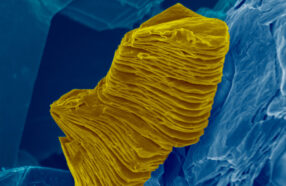
To slow global warming, we’ll need help from CO2-trapping materials. Enter MXenes. They’re strong and reactive — and they love to eat up CO2.

A new coating made from a renewable resource — water-loving nanoparticles made from wood — could keep glass surfaces fog-free.
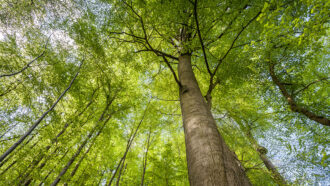
This cellulose and lignin, two major building blocks of trees, could lead to greener electronics.
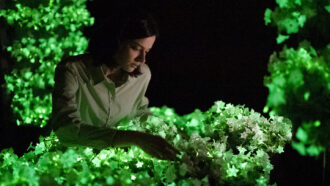
Some can aid the climate by removing pollutants. Others would just avoid dirtying the environment in the first place.

Engineers have found a material that can collect carbon dioxide from the air. When later mixed with water, it forms baking soda that can be shed in the sea.
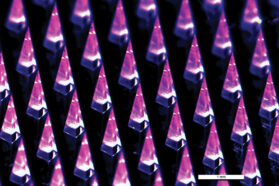
A new compact 3-D printer can produce COVID-19 vaccine patches. These are less painful than the jab and can be stored more easily than liquid vaccines.
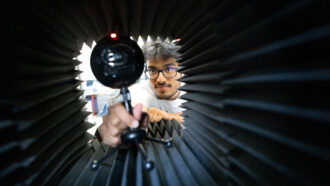
Researchers crafted tubes that can trick AI into mistaking one person’s voice for another’s. Bad guys could use such tricks to hack into accounts.

Fleets of advanced versions may one day be able to detect disease and then go about surgically treating it — without ever opening the skull.

Dentists have sterilized medical equipment with ultraviolet-C light for years. Applying this tech to bandages had proven a challenge — until now.